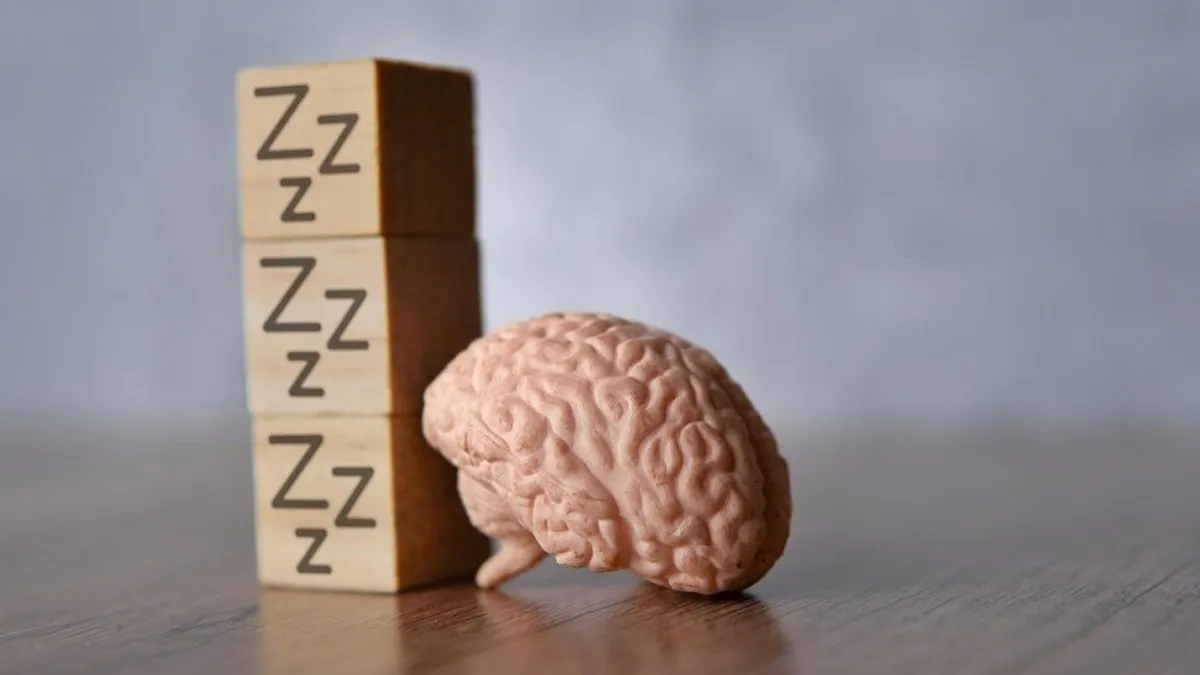
Do you find yourself lying awake at night, your mind racing with unnecessary thoughts, to-do lists, or revisiting the day's events? If so, you're probably good at overthinking a lot and not getting enough sleep.
Table of Content:-
CHECK YOUR
MENTAL HEALTH

Overthinking at bedtime is a common problem for people of all ages. Some may argue that they're brainstorming, but that's not always the case. The worst part about it is that it can rob us of the present and even some sleep, leaving us feeling groggy and unproductive the next day. But not to worry! There's a technique that might just be the answer you've been searching for: cognitive shuffling.
Also Read: New Research Reveals Alcohol Could Accelerate Alzheimer’s Progression
What Is Cognitive Shuffling?
Cognitive shuffling is a mental exercise that can help interrupt the repetitive and forceful thought patterns that keep us awake at night. It involves intentionally shifting our focus from our worries to something completely different and random.
The idea is to shuffle the contents of your mind and break the train of thought that's keeping you up. This disruption can help quiet the mind and pave the way for sleep.
How Does Cognitive Shuffling Work?
Overthinking usually involves getting stuck in a loop of negative thoughts. It is what makes you anxious and keeps your mind engaged, even if you don’t want it to.
This is when cognitive shuffling can help. It works by providing a mental distraction, giving your brain something else to focus on. This shift in attention can break the cycle of thoughts and allow your mind to settle down. It is almost like a mental reset button, which helps you disengage from your worries and drift off to sleep.
Does Cognitive Shuffling Improve Sleep?
Cognitive shuffling recently gained popularity online, but it might interest you to know that it is not a new concept.
Dr. Luc P. Beaudoin, a cognitive scientist at Simon Fraser University, developed the technique in 1989 while struggling with insomnia as an undergraduate. Although he found it helpful personally, he didn't begin formally researching cognitive shuffling until around 2009.
According to one of Beaudoin’s studies, the Serial Diverse Imagining Task (SDIT), a type of cognitive shuffling, proved as effective as problem-solving in improving sleep quality and reducing pre-sleep arousal. While the study was small, it showed promising results.
Also Read: Are You a Gen Z Overthinker? Learn How to Break Free from Endless Analysis
How To Practise Cognitive Shuffling
There are several ways to practise cognitive shuffling. Here are a few examples:
The alphabet game: Choose a category (for example, animals, countries, foods) and then mentally list items in that category, going through the alphabet. For example, A - Ant, B - Bear, C - Cat, and so on.
Word association: Start with a word and then quickly come up with related words. For example, sleep, dream, night, stars, and sky.
Mental storytelling: Think of a random story in your head. It doesn't have to make sense; the goal is simply to engage your imagination and distract your mind.
Counting backwards: You can also start counting backwards slowly. This requires concentration and can help quiet the mind.
Conclusion
Whether or not cognitive shuffling works for you is for you to see after you practise with some of the above-mentioned strategies. If you regularly struggle with overthinking at bedtime, cognitive shuffling could be a simple way to quiet your mind and improve your sleep. It may not work for everyone, but it's definitely worth trying.
Also watch this video
How we keep this article up to date:
We work with experts and keep a close eye on the latest in health and wellness. Whenever there is a new research or helpful information, we update our articles with accurate and useful advice.
Current Version
